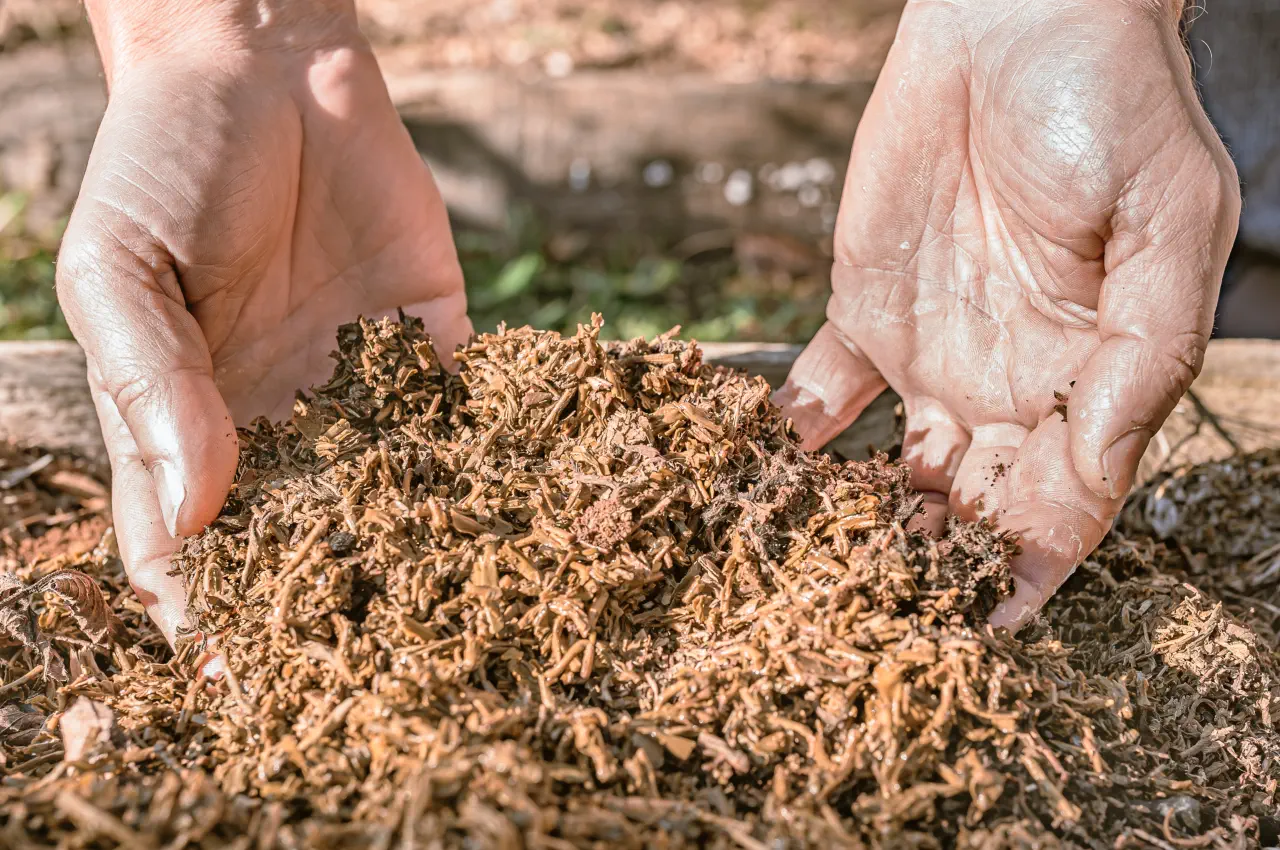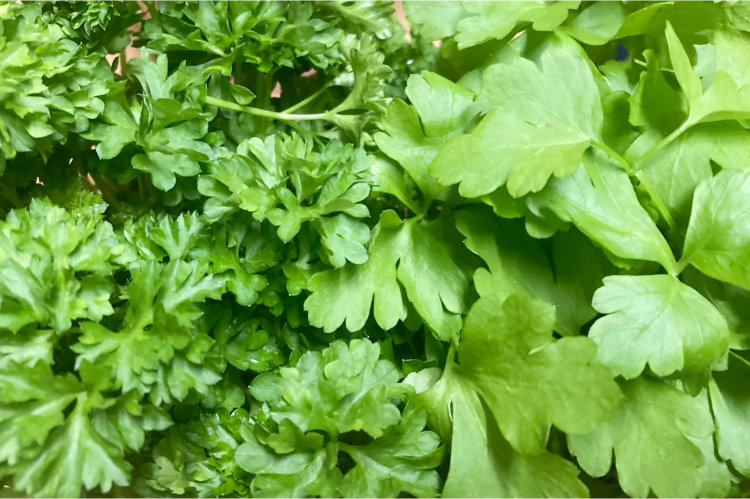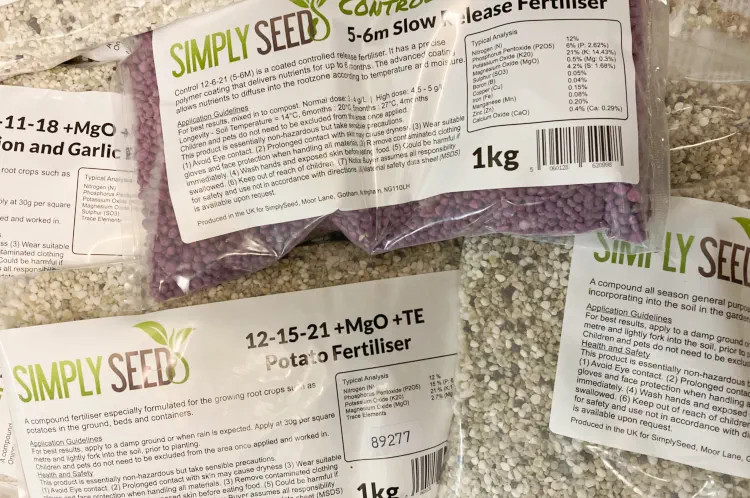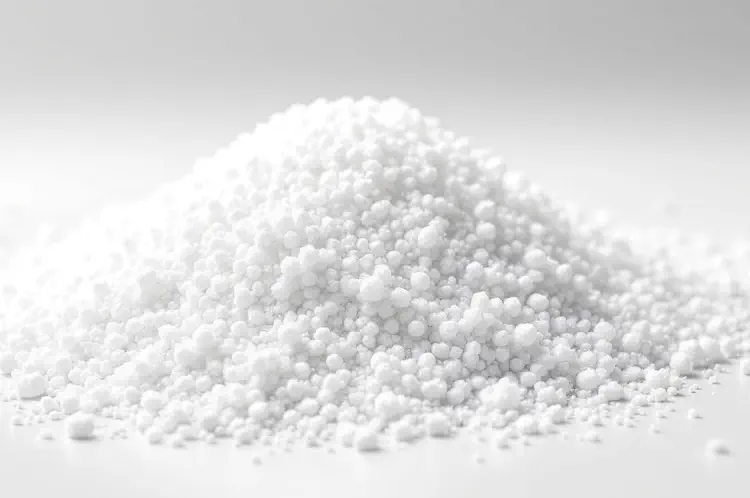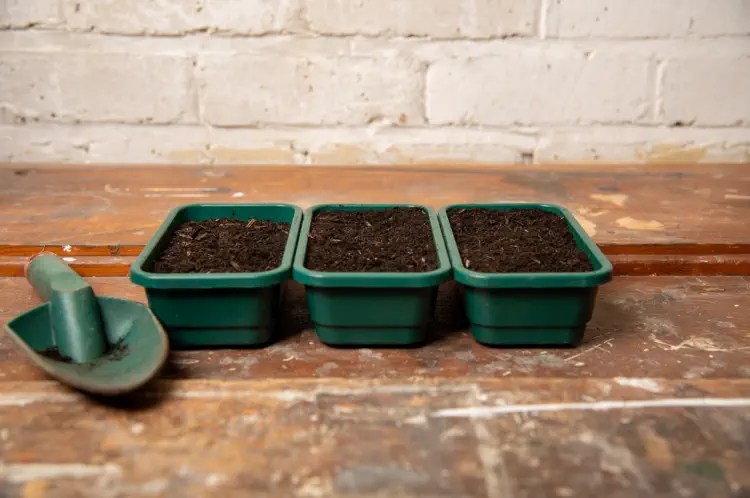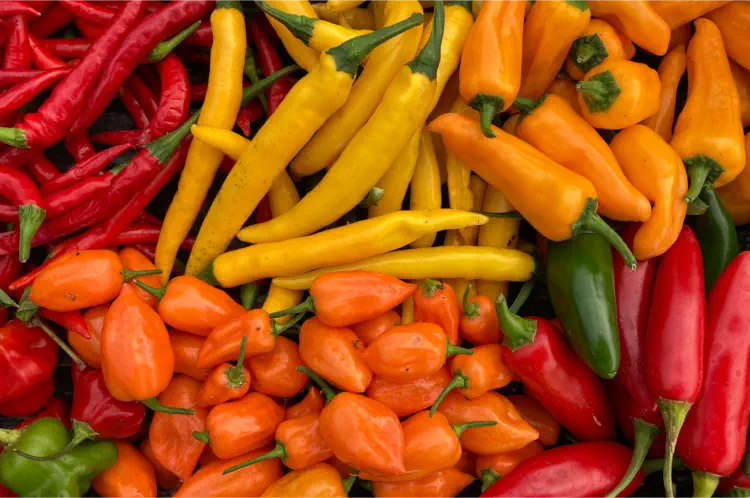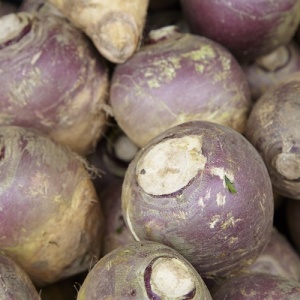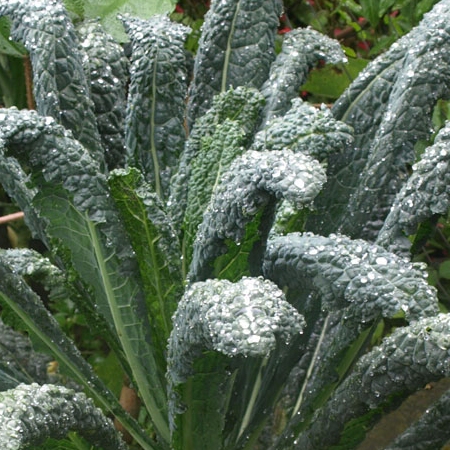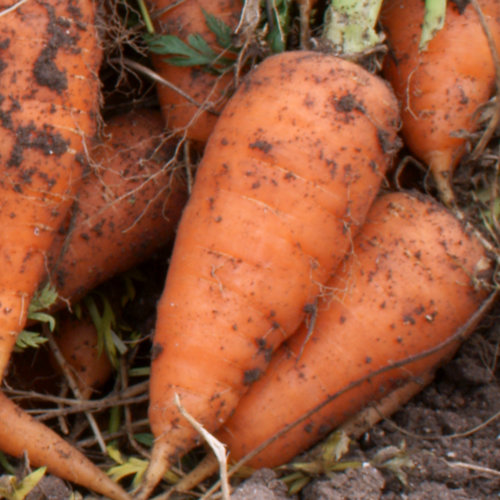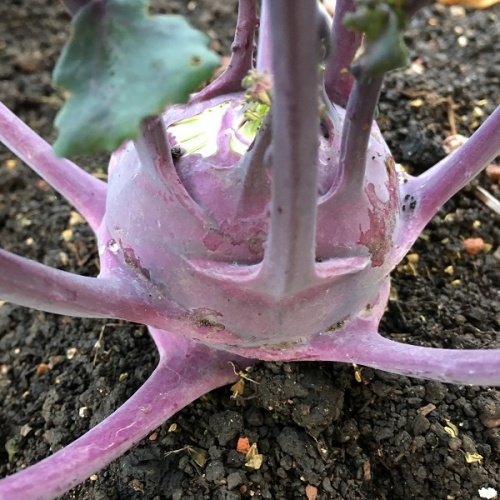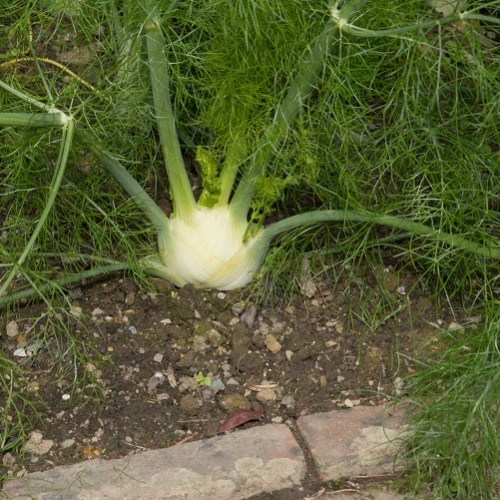Every year, tonnes of seed and potting compost is discarded and fresh supplies purchased but this precious resource can be reused and even rejuvenated so that it can be used all over again.
We now live in an age of recycling so why not recycle your old compost and save yourself some money too? Freshly bought compost that has been used for seed sowing and potting is unlikely to have become contaminated so it should be safe to reuse. However, any nutrients that might have been added to the compost will have probably been exhausted by the growing plants but that’s not a problem because they can simply be replenished too.
Even the compost from old and used grow bags can be reused but this compost was more than likely quite inferior to start with, so you might want to consider mixing it with new compost or just use it as a mulch around any existing garden plants. Growbags are very often used for growing a high-yielding and therefore demanding type of plant such as tomatoes, which will quickly deplete the compost of any nutrients.
The old train of thought is that this compost has been “spent” and of no further use, but nothing could be further from the truth. There are many ways that old compost can be used again.
7 Ways To Reuse Your Old Potting Compost
Unless plants that have been grown in the compost have indicated signs of disease then this medium is fine for reuse in whatever way you want. Here are some ideas:
● Use as a mulch around existing plants, including vegetables, shrubs and herbaceous plants.
● Dig it into the soil to help improve the quality including aiding drainage and adding nutrients.
● Add it to an existing compost heap to revitalise and increase the volume and or mix it with kitchen waste to speed up the breakdown.
● Mix it with sand and use it as a top dressing for lawns. It can help with both aiding drainage on heavy clay soil and water retention on light soil, however this will depend how many roots are in the compost.
● Use it for growing root vegetables such as carrots and parsnips. Make some deep cylindrical or tapered holes in the soil, fill with compost and place a few seeds on top.
● Mix 50/50 with new compost and use for potting annual plants and hanging baskets, or to fill window boxes and plant containers, remember to add slow release feriliser to replace the nutrients.
● Add a slow-release fertiliser, and use it just as you would with a new compost.
Keep Old Seed Compost And Potting Compost Separate
When saving compost for reuse, separate your seed compost from your potting compost. Seed compost is generally finer and contains fewer nutrients. It can be used several times over for germinating larger quick growing seeds such as beans because all these seed require is a medium to grow in, some water and light.
Treat any multipurpose compost as potting compost. Most of it is far too coarse for seed sowing unless you put it through a sieve. If you are concerned that your used seed compost might be harbouring diseases then you can sterilise it, however remember this will also kill the good microbes in the compost.
The Value Of Having A Compost Heap
It’s always a good idea to have a compost heap in your garden where you can recycle kitchen waste such as fruit and vegetable waste, old tea bags, eggs shells, dead bedding plants, flower stems, grass clippings and leaves, etc. However, don’t include scraps of fish or meat and bones, dairy, fats and grease or whole eggs. This type of waste is likely to attract rats and foxes and it also takes too long to rot down. Don’t add cat litter or pet excrement either as this can have a detrimental effect or spread disease.
It’s best not to add weed with seed heads to your compost heap especially any that have gone to seed as this will only spread the weeds further. The seeds may lie dormant in the compost until you notice them sprouting up in your pots due to regular watering and feeding. Well-rotted compost from your garden can be selected, dried out and put through a sieve to reduce its size and remove any large twigs, stems and other debris. It might be a good idea to sieve or riddle the spent compost too to remove any debris such as old plant roots.
Conclusion
Save yourself some money and do reuse seed compost, potting compost and compost from growing bags. There is no need to throw away your old potting compost, just replenish the nutrients. Your reinvigorated potting compost can be used to grow any number of different plant types including vegetables, tomatoes, cucumbers, annual bedding plants, some herbaceous plants and some shrubs. You can use your compost in pots and all types of containers including window boxes and hanging baskets.
Revitalise potting compost by either adding 50% new compost or 50% organic compost from your garden compost heap or instead, use well-rotted manure. You can mix compost from growing bags with old potting compost and add a slow-release, sometimes called a controlled release, fertiliser such as Vitax Q4, Osmocote or Miracle Grow All-Purpose, instead of organic compost. You can reuse the same compost over and over for years but use it for mulching only or as a soil conditioner if plants show any signs of disease.
Seed composts are very fine and contain very little by way of nutrients. You can add a little vermiculite to this type of compost and reuse it for seed sowing or add 50% river-washed sand and use it as a cutting compost. However, If you are concerned about viruses and diseases in poorer composts then it is best not to reuse.

